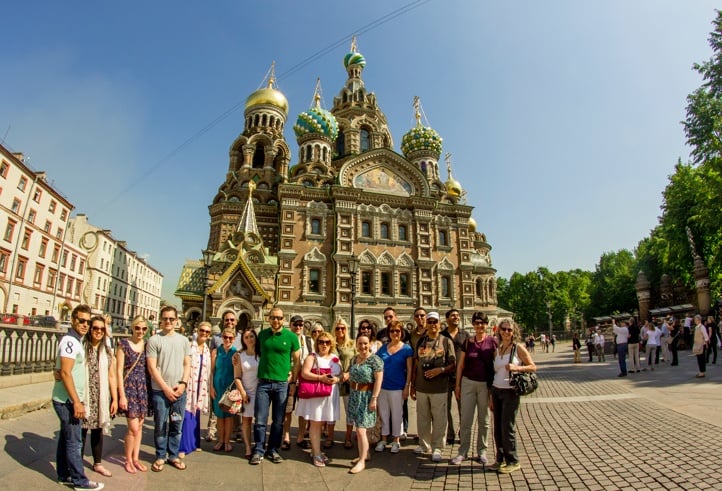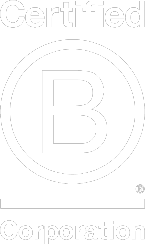We all expect to be recognised for the work we do, whatever that work might be. And it’s true that how well employees are paid can have an impact on how loyal they might feel to your company. However, to create a truly engaged workforce, we have to look beyond monetary compensation to something that has a much greater emotional meaning for us all, this is where reward and recognition programmes comes into play.
Reward and recognition is a term you’ve most likely come across before and is something that most businesses and managers do without thinking, but organised programmes are often perceived as a ‘nice to have’ in business settings. To make sure your employees are engaged, productive and working hard towards achieving your company’s major goals though, reward and recognition requires a more considered approach that encompasses all operations.
Employee recognition and reward is an incredibly effective way to make your team feel more motivated to achieve, more engaged with your bigger business aims and even feel satisfied at work. It can help your business in a more traditional, less personal sense too. Engaged employees are more likely to stay put, reducing recruitment costs, and are more likely to work hard towards your goals, increasing income and ultimately profit. In fact, an astounding 90% of HR professionals agree that an effective reward and recognition programme helps to drive business results.
What does reward and recognition look like in your company?
The benefits are self-evident, but reward and recognition are not one-size-fits-all solutions. What works for another company may not work for you, so it’s important to tailor solutions to your company’s existing ethos and culture as well as getting to know your employees. That said, there are so many options when it comes to making your employees feel seen, appreciated and rewarded that there is bound to be more than one option that suits you.
There are two types of reward:
Intrinsic reward:
These types of reward are non tangible, you cannot touch or feel them, they are not objects, instead they are more psychological and normally can be controlled in someway by the employee. From the sense of worth an employee gets in achieving a task or undertaking their role through to job title, career progression and status.
Extrinsic reward:
This type of reward is much more tangible and is almost always not controlled by the employee, they can come in the form of financial benefits, gifts and experiences. The impact of extrinsic rewards varies bu
Not all require significant investment either. Yes, lavish incentive trips may be an unforgettable experience (we should know, we’ve organised enough of them), but not every reward has to be delivered on such a scale. It could be a free lunch in your office café or an extra day of holiday, anything that has value to your employees. Alternatively, a reward could be something with a business focus, like a well-deserved promotion or an increase in scope of work or responsibility. Check out some of our top tips for incorporating reward and recognition into your organisation on a small budget.
Recognition is just as vital, and whether that comes casually through praise from managers, or more formally in an awards ceremony or recognition event, the result is more engaged employees who feel a real connection to your business and value their own work. This, in particular, is vital to retention as almost half of employees admit they’d be tempted to leave a company that didn’t praise or thank them enough for the hours they put in.
Five steps to engaging employees
We know, then, that recognising the work our employees do is good for business. Helping your team to feel valued helps them to stay motivated and that, in turn, can boost productivity, morale, creativity and much more. But where to start when implementing a new reward and recognition programme?
1. Recognise your own needs
Identifying what you need to get out of your efforts should be the starting point for any new programme in your company. So, what do you want to achieve with your reward and recognition programme? Is it about increasing employee engagement across the board, increasing retention, or is there a specific in-house problem you’d like to overcome? Identify what you’re aiming for before trying to think of a solution.
2. Investigate what will work for your business
Every business is different, and every business attracts different people as employees. Consider the personality of both your organisation and your employees before you get too far into planning. Rewards must be appropriate for your audience and recognition must be designed to make them feel good, not put on the spot. Also consider the budget and routes for information sharing you have available for the programme, as they might dictate where you concentrate your efforts.
3. Get to know your employees
First things first, make sure everyone is eligible for recognition and rewards – excluding anyone, or any groups, or including strict eligibility criteria can have a negative effect so should be avoided. But there’s no reason you can’t get employees involved in the process. If you’re planning a big reward, ask what they’d like to see, personalisation is key. If you’re increasing recognition, allow employees to make nominations, vote and share their own experiences. Employees who feel personally invested in such processes will feel more engaged, just like those who are being praised or rewarded.
4. Put it into action and shout about it
Get going as soon as you can. If you don’t have a reward and recognition programme right now, you’re already at risk of losing good employees or seeing them become disengaged with your business, so get moving. Remember to share the news of this programme and its opportunities, let employees know about what rewards are on offer, how they can nominate a colleague for recognition and how they vote for an award category. Communicate it well, and more than once. Internal comms and reward and recognition go hand-in-hand.
5. Still need help? We’re here for you!
If you know the importance of engaged employees but are still struggling to get yours to that place, then we’d love to help. Reward and recognition programmes are hugely varied so it can be incredibly useful to have a little outside advice.
At DRPG, we’ve launched, run and seen the success of all sorts of reward and recognition programmes – reach out to our experts at Penguins to find out more and see what we could make possible for you or to find out more check out our report on The changing face of reward
/DRPG%2045th%20Anniversary/DRPG%2045th%20White%20-%20No%20Text.png)


 Back
Back
.png)
/Blog%20Images/AEO%20SEO%20-%20Digital%20Blog.jpg)



